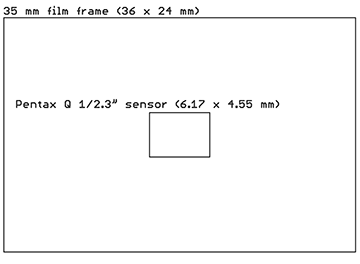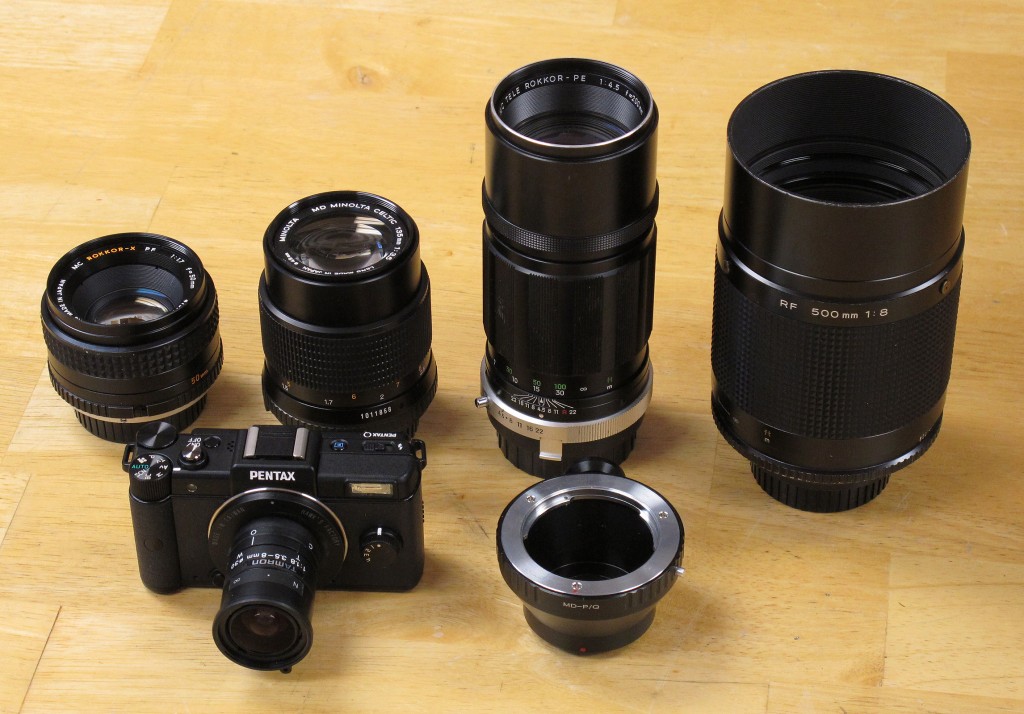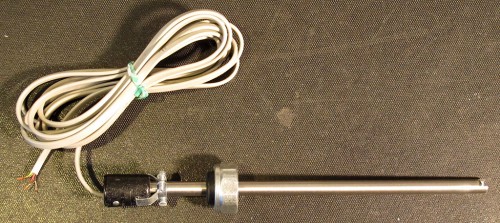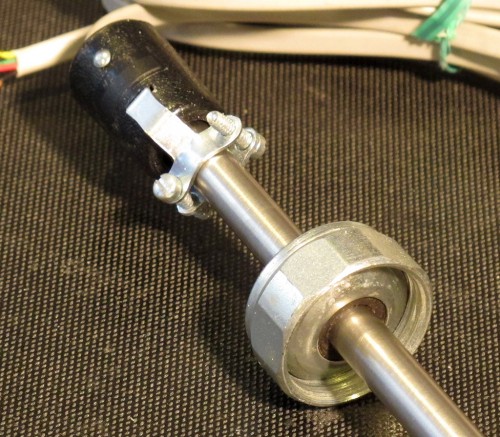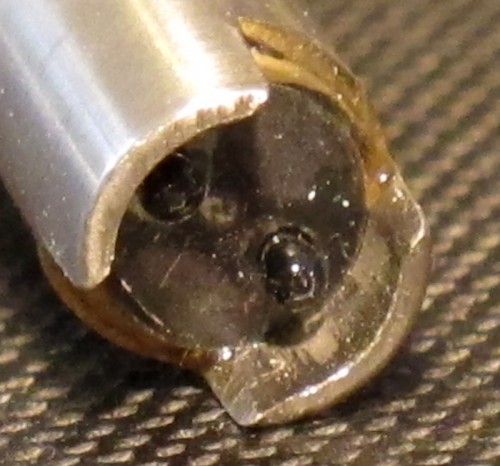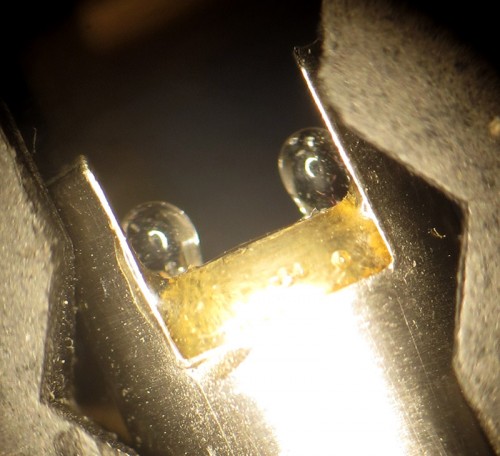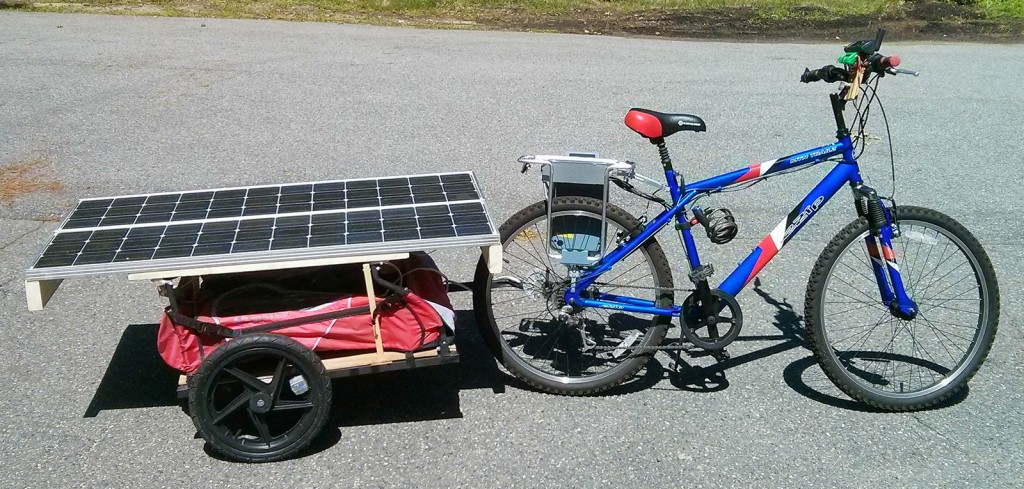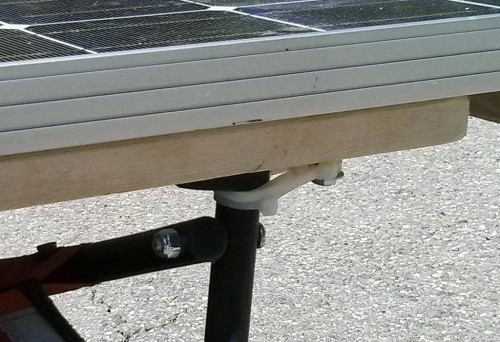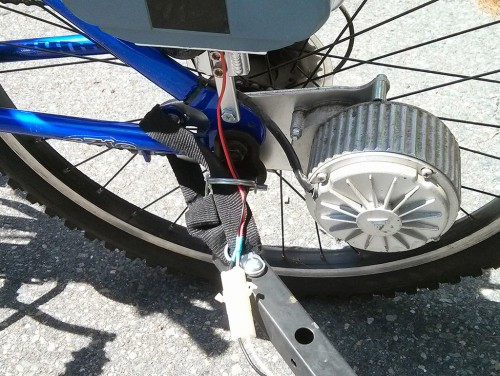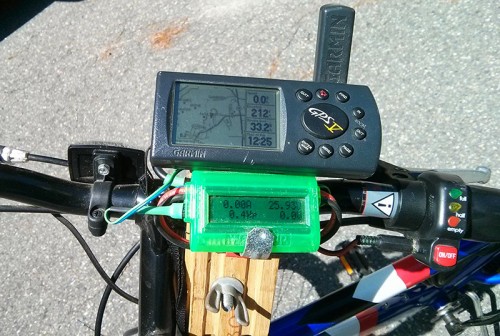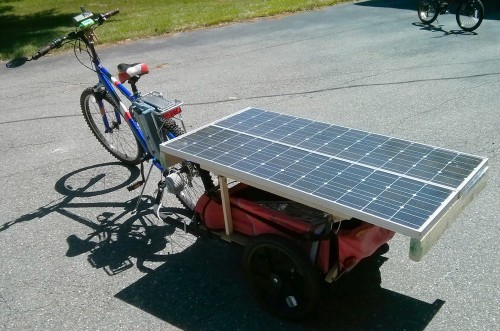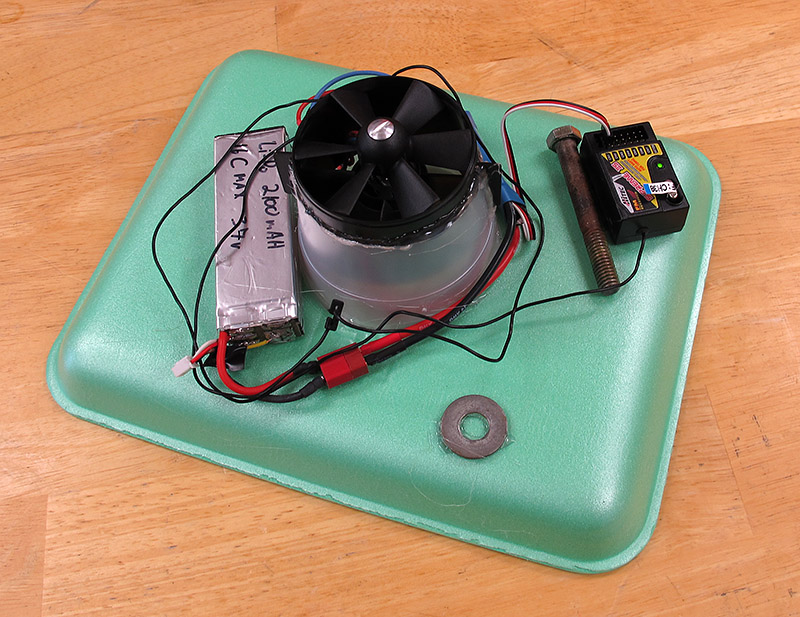My 11-year-old son asked me last night if there was an East Pole or West Pole.
I told him he should be able to figure that out for himself; I asked him the leading question “what is the definition of East?”.
It didn’t go well. Then he asked if it would be different on Mars if Mars was “upside down” compared to the Earth. That didn’t go well either – severe conflict of mental models.
They don’t teach geography (or in this case perhaps astronomy) very clearly in school.
But then dictionaries have huge trouble with this, too.
Here are my definitions:
East: The direction in which the Earth (or any planet) spins.
West: The direction opposite to East.
North: The direction 90 degrees to the left of East.
South: The direction 90 degrees to the right of East.
Compare that with any dictionary you like.

